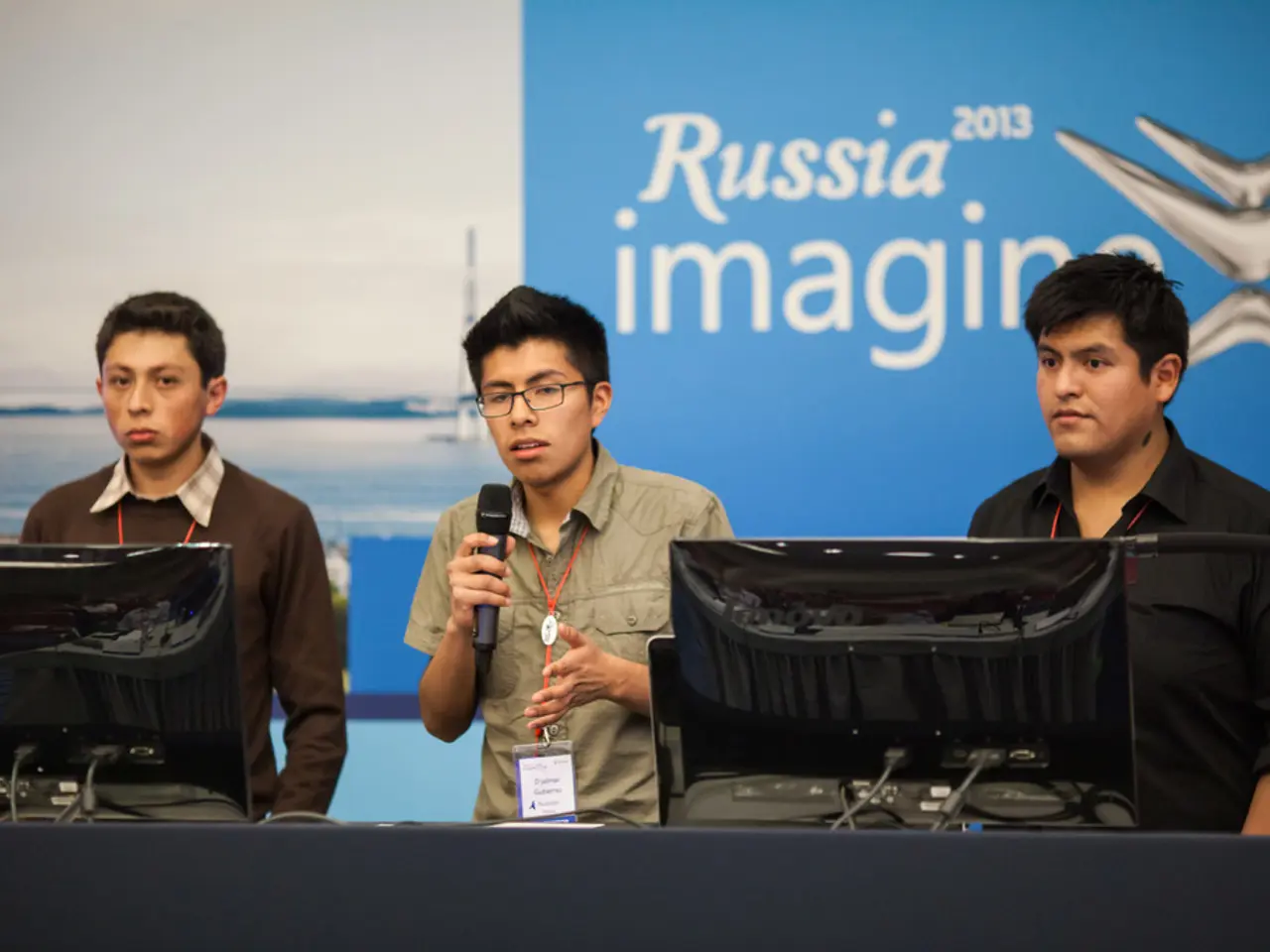Nvidia and AMD agreed to forfeit 15% of their earnings to the state of Washington
In a move that's highly unusual in international tech trade, Nvidia and Advanced Micro Devices (AMD) have agreed to pay 15% of their revenues from AI chip sales in China to the U.S. government. This arrangement, which involves a revenue-sharing model in exchange for easing export restrictions, was announced under the Trump administration.
This deal comes amidst ongoing trade discussions between the U.S. and China, with Nvidia's AI chips being a major point of contention. The U.S. has been seeking to control the export of cutting-edge semiconductor technology to China for national security reasons. However, instead of maintaining strict export bans, the government has allowed Nvidia and AMD to continue sales with this financial concession.
The implications of this deal are significant. Experts warn that it could undermine the national security rationale that underpins U.S. export controls on technology. It might set a precedent for future agreements where companies pay fees rather than face stricter sales restrictions, potentially weakening long-term export-control policies aimed at safeguarding critical technology and protecting U.S. strategic interests.
In addition to AI chip sales, Nvidia will also pay 15% of its revenues from sales of its H20 chips in China, while AMD will pay the same percentage for its MI308 chip sales. The specific details about the tariffs on chips and semiconductors, including the date of implementation, have not been disclosed yet.
Nvidia's CEO, Jensen Huang, met with U.S. President Donald Trump at the White House on Wednesday. The meeting may have been related to these trade discussions and the tariffs on chips and semiconductors. It's worth noting that the U.S. President announced plans to impose 100% tariffs on "chips and semiconductors", but the date for this new tariff has not been specified yet.
The deal could potentially bring in more than $2 billion for the U.S. government, according to the New York Times. Notably, Nvidia became the first company to surpass $400 billion in market capitalization last month.
[1] Source: New York Times, CNBC, and Reuters.
The financial concession made by Nvidia and AMD, amounting to 15% of their revenues from AI chip sales and other specified chips in China, could generate more than $2 billion for the U.S. government, according to the New York Times. This arrangement in technology trade, involving the payment of fees in exchange for easing export restrictions, could potentially set a precedent for future agreements in finance.




